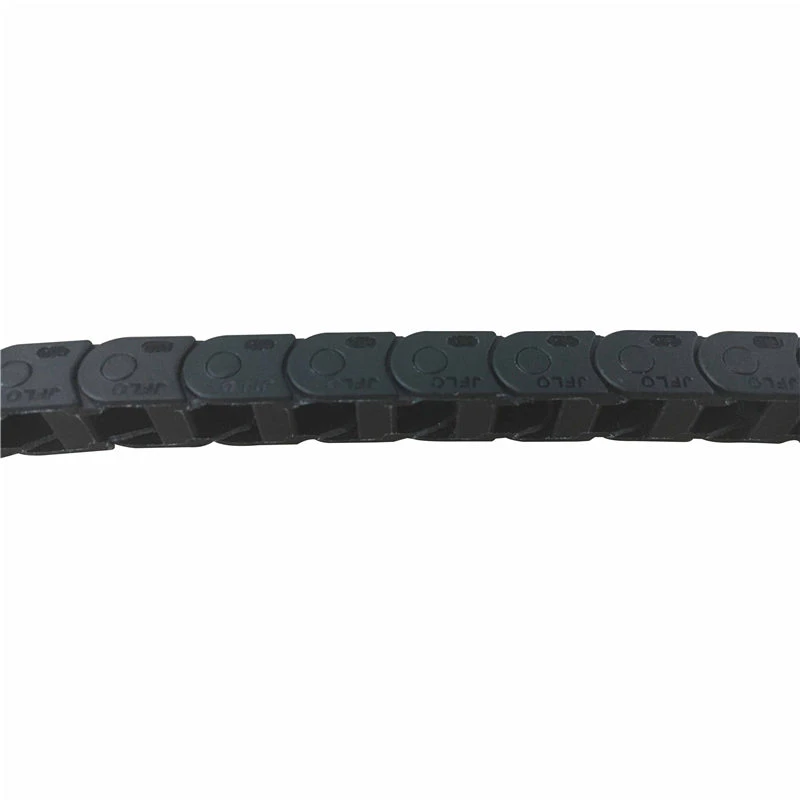corrugated conduit sizes
Understanding Corrugated Conduit Sizes A Comprehensive Guide
Corrugated conduits have become an essential component in various industries, particularly in electrical and telecommunications applications. Their flexible nature, lightweight structure, and ability to withstand environmental pressures make them a popular choice for protecting wires and cables. However, selecting the right size of corrugated conduit is crucial for optimal performance and safety. This article delves into the various sizes of corrugated conduits, the factors influencing size selection, and their applications.
What is Corrugated Conduit?
Corrugated conduits are tubular structures made of plastic or metal, designed to encase wiring and provide protection from physical damage and environmental elements. The corrugated design allows for flexibility and maneuverability, making it easier to route in tight spaces without compromising the integrity of the cables inside. They are typically used where wiring must be protected from harsh conditions, such as moisture, chemicals, and abrasion.
Common Corrugated Conduit Sizes
Corrugated conduits come in various sizes, each tailored for specific applications. The most common diameters in the market range from ½ inch to 4 inches, although special sizes may be available based on specific requirements. The sizing of conduits is defined by the nominal inside diameter (ID), which affects the amount and type of wiring that can be safely housed within.
1. ½ Inch Corrugated Conduit Ideal for lightweight applications, this size is often utilized in residential electrical installations, such as for low-voltage lighting or home theater systems.
2. 1 Inch Corrugated Conduit Commonly used in both residential and light commercial applications, this size accommodates a moderate number of cables, making it suitable for standard electrical wiring.
3. 1½ Inch Corrugated Conduit This size is favored in commercial settings, allowing for a greater number of wires to be bundled together, making installations more manageable and organized.
4. 2 Inch and Above These larger sizes are often utilized in industrial environments where a substantial amount of wiring is needed, such as in manufacturing plants and data centers. They provide the necessary space to route multiple cables while maintaining compliance with safety regulations.
Factors Influencing Size Selection
When selecting the appropriate size of corrugated conduit, several factors must be considered
corrugated conduit sizes

- Cable Type and Quantity The number and diameter of cables being installed will directly influence the conduit size. It is essential to ensure that there is enough space within the conduit for heat dissipation to prevent overheating.
- Application Environment Harsh environmental conditions, such as exposure to chemicals or extreme temperatures, may require thicker or more robust conduit sizes to ensure durability.
- Installation Location The space available for installation can also dictate conduit size. In tight spaces, smaller sizes may be preferable, while larger spaces may allow for larger conduits without concerns of fitting.
- Future Expansion Consideration of future needs is crucial. Selecting a larger conduit size can accommodate future wiring requirements without necessitating additional installations.
Applications of Corrugated Conduits
Corrugated conduits are utilized in a broad range of applications, including
- Electrical Installations Protecting and routing electrical wiring in both residential and commercial settings ensures safety and compliance with electrical codes.
- Telecommunications Used to house communication cables, corrugated conduits are vital in maintaining signal integrity and protecting against environmental factors.
- Industrial Settings In manufacturing settings, they're employed to organize and protect numerous cables used in machinery and equipment, which enhances safety and efficiency.
Conclusion
Choosing the right size of corrugated conduit is critical for the safety and functionality of electrical and telecommunications installations. Understanding the various sizes available and the factors that influence the selection process can help ensure that installations meet industry standards and effectively protect cables. Whether for residential projects or large-scale industrial installations, getting the conduit size right is a vital step in ensuring lasting performance and safety.








